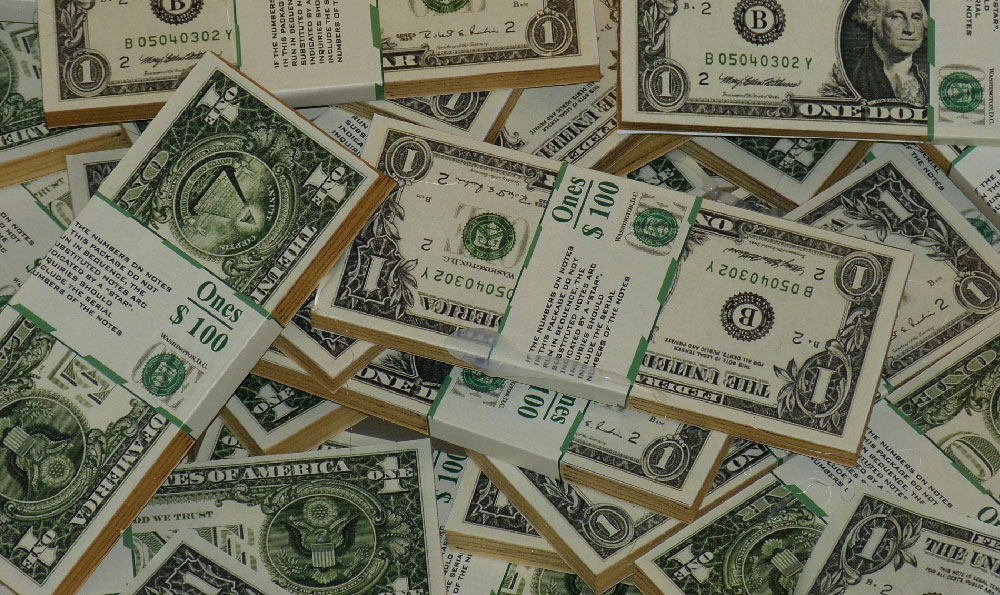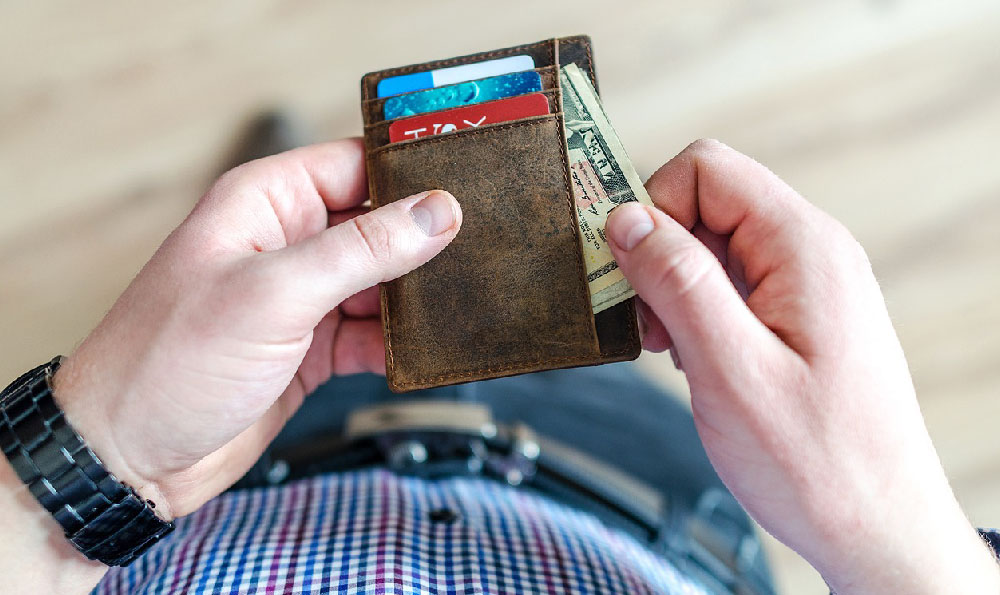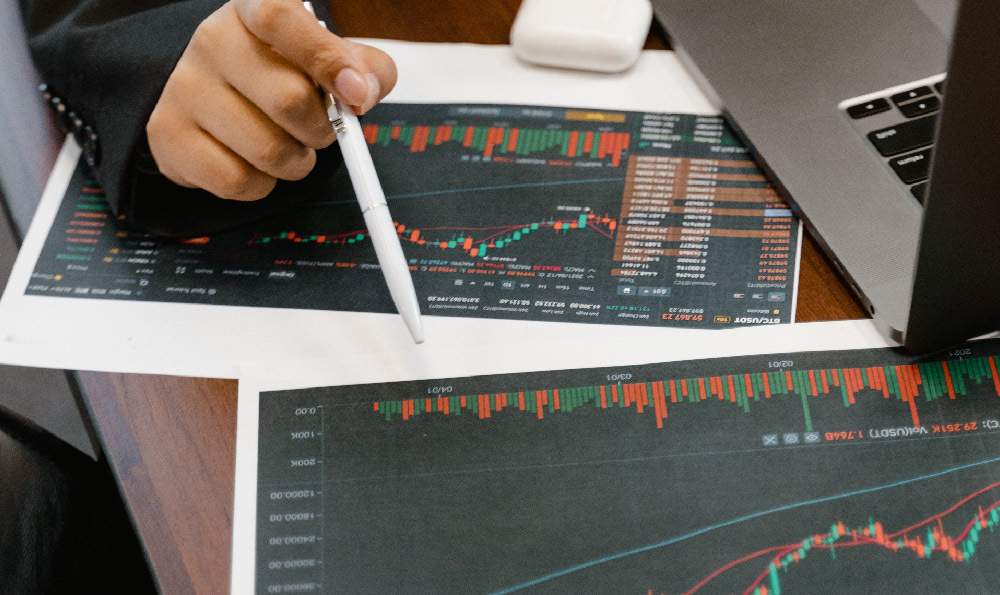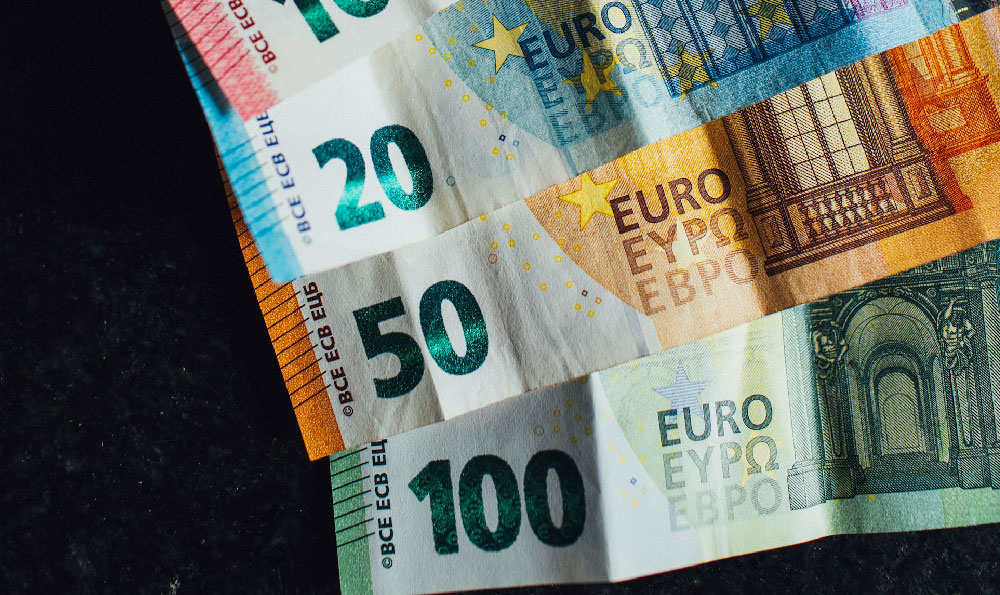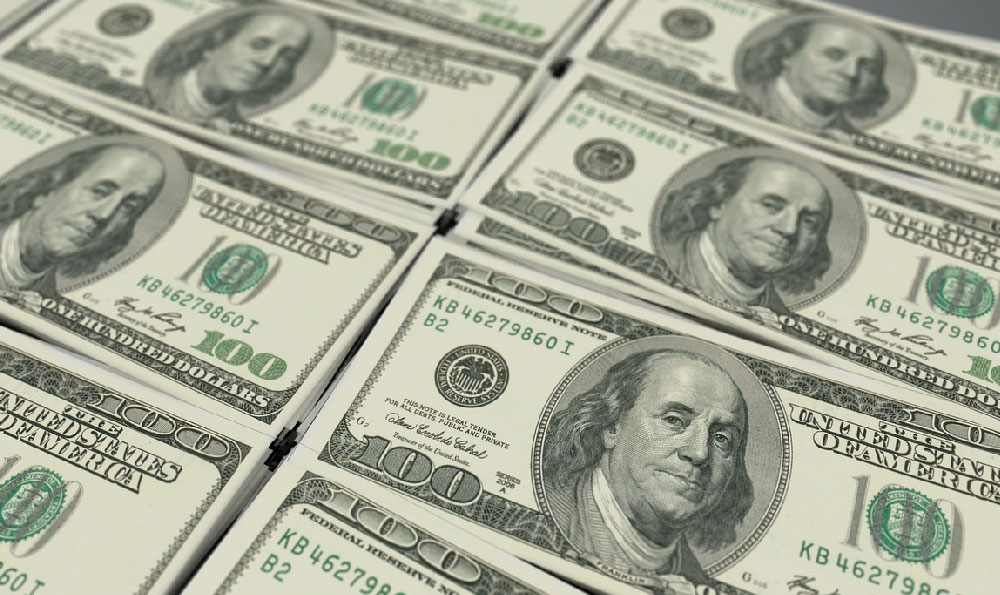How to Create a Money Order: What Is It and How Does It Work?

A money order, a familiar financial instrument, serves as a secure and reliable payment method, particularly advantageous for individuals without a bank account or those seeking to avoid the use of personal checks or credit cards for specific transactions. It offers a pre-paid guaranteed payment, making it a versatile tool for various financial needs. Understanding its purpose, functionality, and the precise steps involved in acquiring and utilizing it is crucial for effective personal finance management.
At its core, a money order is a pre-paid certificate that guarantees the recipient receives the specified amount. Unlike a personal check, which draws funds directly from your bank account, a money order is purchased upfront. This feature makes it appealing to individuals who may not have a checking account or those wary of exposing their bank details. Think of it as a safer, paper-based version of a wire transfer, but typically costing less and being more accessible. The entity issuing the money order, be it a post office, bank, or credit union, essentially holds the funds until the recipient cashes it in. This security measure reduces the risk of bounced payments or fraudulent activities.
The mechanics of obtaining a money order are relatively straightforward. The most common places to acquire them include post offices, banks, credit unions, grocery stores, and certain retailers like Walmart. Each institution may have slightly different fees associated with purchasing a money order, so it's prudent to compare prices before making a decision. These fees generally range from a few dollars to upwards of ten dollars, depending on the amount being sent and the issuer.
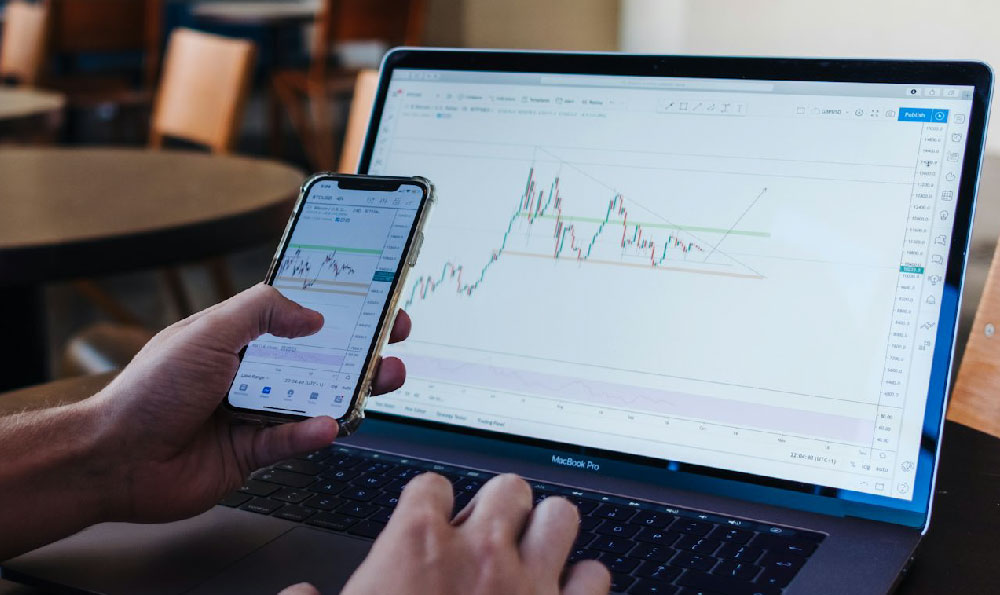
The process begins by visiting your chosen location and requesting a money order. You will need to specify the exact amount you wish to send. Many locations have a limit on the maximum amount permissible per money order, often capped around $1,000. If you need to send a larger sum, you may need to purchase multiple money orders. Next, you will present the required funds, usually in cash or sometimes with a debit card, to the clerk. They will then issue you the money order, pre-printed with the amount you've paid.
The most crucial part is completing the money order accurately. There are typically three key sections you must fill out: the "Pay To" or "Payable To" line, the "Address" line for the recipient, and the "From" or "Sender" line. The "Pay To" line requires the full name or company name of the intended recipient. Accuracy is paramount here; an incorrect name may cause issues when the recipient tries to cash it. The "Address" line should be the recipient's current mailing address. The "From" or "Sender" line is where you write your name and address. This identifies you as the purchaser and sender of the money order.
Crucially, do not sign the front of the money order! The signature line on the front is reserved for the recipient when they endorse and cash the money order. Your signature is not required for it to be valid. Once you have completed these sections, carefully review everything to ensure accuracy. Any errors or alterations may render the money order invalid or cause significant delays in processing.
Keeping the receipt is indispensable. The receipt acts as your proof of purchase and contains the money order's tracking number. This tracking number is essential if the money order is lost, stolen, or never received by the intended recipient. If such a scenario arises, you can use the tracking number to initiate a trace or potentially request a replacement money order from the issuing institution. This underscores the significance of storing the receipt in a safe and accessible location.
The recipient can cash the money order at various locations, including the issuing bank or credit union, their own bank, or certain retailers that offer check-cashing services. When cashing the money order, the recipient will need to endorse it by signing the back and presenting valid photo identification. The funds are then typically available immediately, though some institutions may place a temporary hold, particularly if the recipient is not a customer or if the amount is substantial.
There are some drawbacks to consider when using money orders. As mentioned earlier, each money order comes with a purchase fee, which can accumulate if you need to send multiple money orders or make frequent payments this way. Also, while generally secure, money orders are not entirely immune to fraud. Counterfeit money orders can circulate, and there is a risk of theft or loss if the money order is not handled carefully. This is why it's so important to safeguard your receipt. Furthermore, tracing or replacing a lost or stolen money order can be a time-consuming process, requiring paperwork and potentially a waiting period.
In conclusion, a money order is a valuable financial tool that provides a secure and reliable means of sending money, especially for individuals without a traditional bank account or for situations where a personal check is not desirable. By understanding its functionality, carefully completing the required information, and diligently retaining the receipt, individuals can leverage the benefits of money orders while mitigating the potential risks associated with them. It remains a relevant and accessible payment option in the modern financial landscape.

